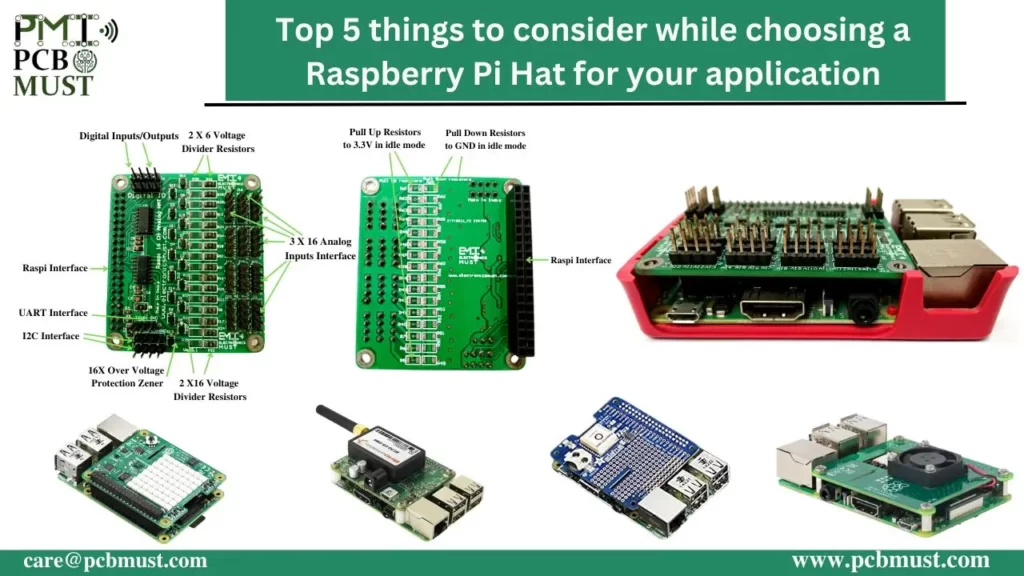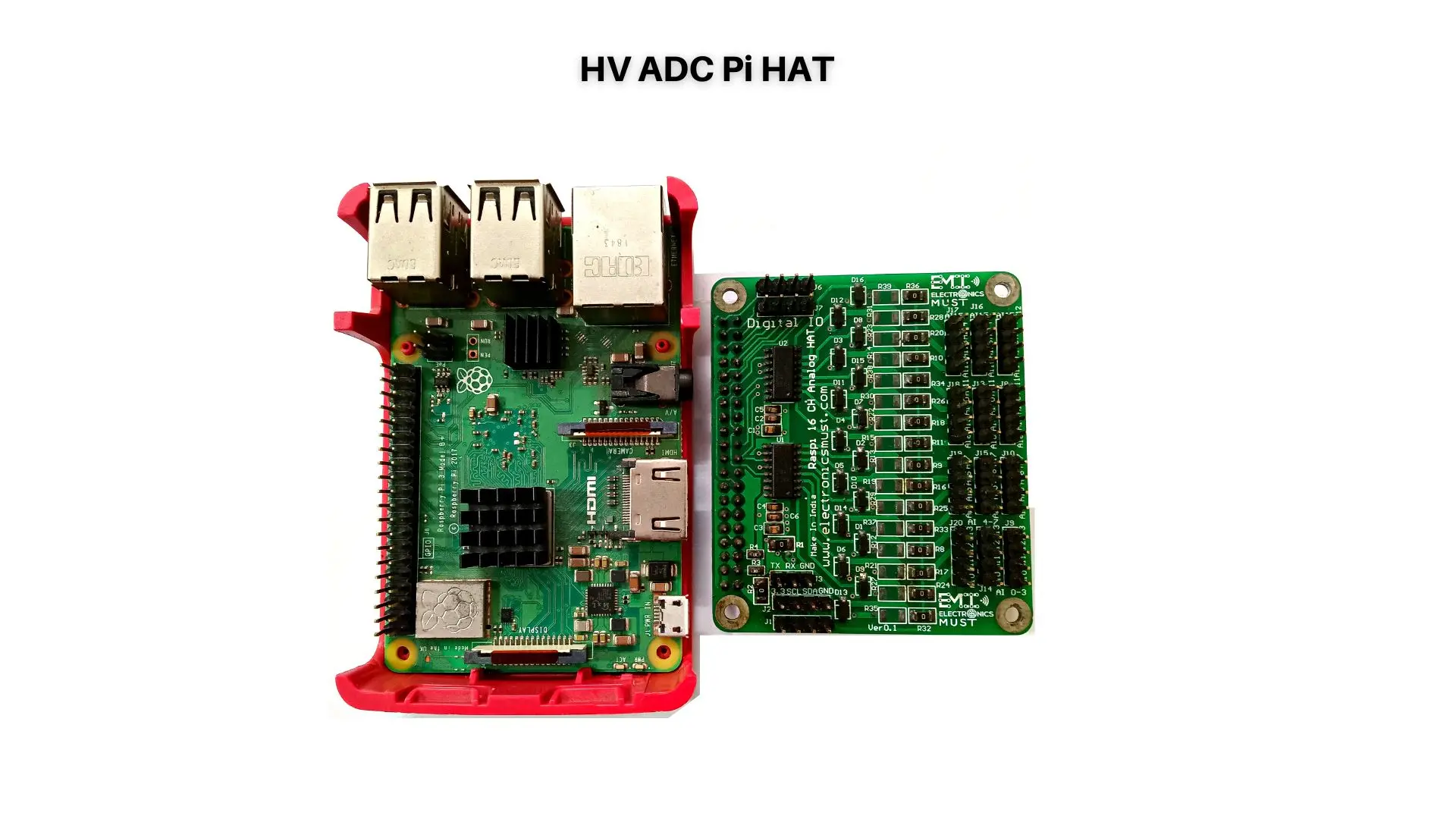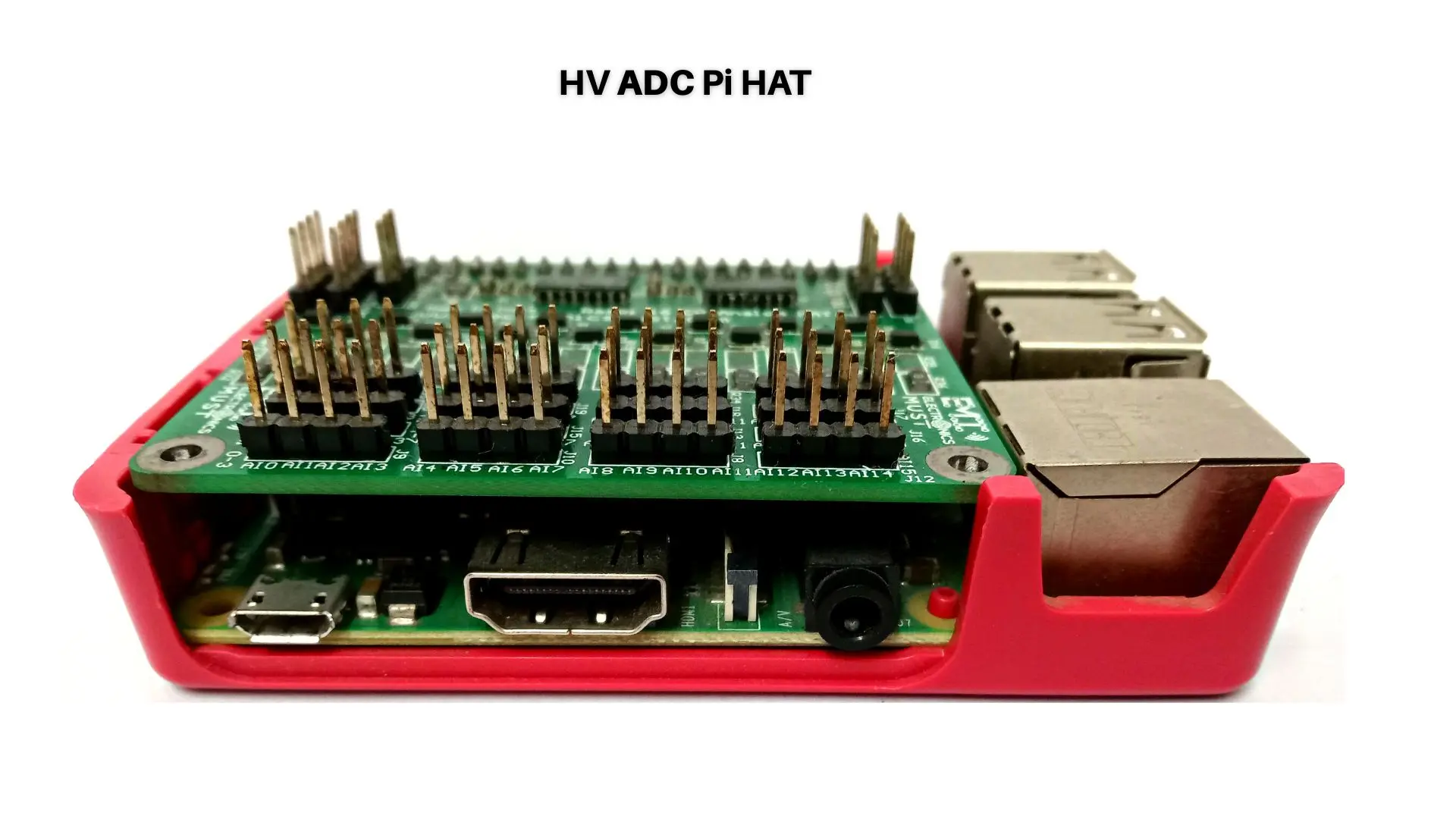Raspberry Pi is a powerful and versatile single-board computer that has become a popular choice for hobbyists and professionals alike. One of the best things about the Raspberry Pi is its ability to be customized with HATs (Hardware Attached on Top), which are add-on boards that expand its capabilities. Top 5 factors to consider when Raspberry Pi Hat for your application.
However, with so many HATs available in the market, choosing the right one for your application can be overwhelming. In this article, we will discuss the top five things to consider while choosing a Raspberry Pi Hat for your application.
Compatibility:
The first thing to consider is the compatibility of the HAT with your Raspberry Pi model. Not all HATs are compatible with all Raspberry Pi models, and using an incompatible HAT can damage your Raspberry Pi. It is essential to check the compatibility of the HAT with your Raspberry Pi model before purchasing it. Our Raspberry Pi Hat Compatible with Raspberry Pi Zero, 1,2,3 and 4 versions.
Purpose:
The second thing to consider is the purpose of the HAT. What do you want to achieve with the HAT? Do you want to add more inputs and outputs, increase processing power, or add wireless connectivity? Different HATs are designed for different purposes, and choosing the right one for your application is crucial.
Features:
The third thing to consider is the features of the HAT. What additional features does the HAT offer? Does it have sensors, displays, or other built-in components? Does it have any special functionality that would be useful for your application? It is essential to consider the features of the HAT and how they align with your project requirements. Here are some features in our High Voltage ADC Raspberry Pi HAT:
Salient Features:
- Unused Analog Inputs causes noise issues and hence could be Pull Up/down using easy to solder 1206 resistors.
- Each Channel is protected with overvoltage at Raspberry Pi side for safe and Reliable Operation.
- 8 Digital Inputs/Outputs are also given access of Raspberry Pi.
- I2C Interface is provided for connecting other I2C based sensors.
Quality:
The fourth thing to consider is the quality of the HAT. Not all HATs are created equal, and choosing a low-quality HAT can result in poor performance and even damage to your Raspberry Pi. It is essential to choose a HAT from a reputable manufacturer and check reviews from other users. Here are some quality features for the best Raspberry Pi HAT.
- Reliable Measurement from 3.3VDC to 100 VDC on each channel.
- Overvoltage Protection on each Channel
- Uses SPI Interface of Raspberry Pi
- Access to 8 Digital I/Os from Raspberry Pi
Documentation:
The fifth thing to consider is the availability of documentation and support for the HAT. Is there sufficient documentation available for the HAT? Are there tutorials, guides, or examples that demonstrate how to use the HAT? Does the manufacturer offer support if you encounter any issues while using the HAT? It is crucial to choose a HAT that comes with adequate documentation and support.
In conclusion, choosing the right HAT for your Raspberry Pi application requires careful consideration of compatibility, purpose, features, quality, and documentation. By keeping these factors in mind, you can ensure that the HAT you choose will meet your project requirements and provide the functionality you need.






